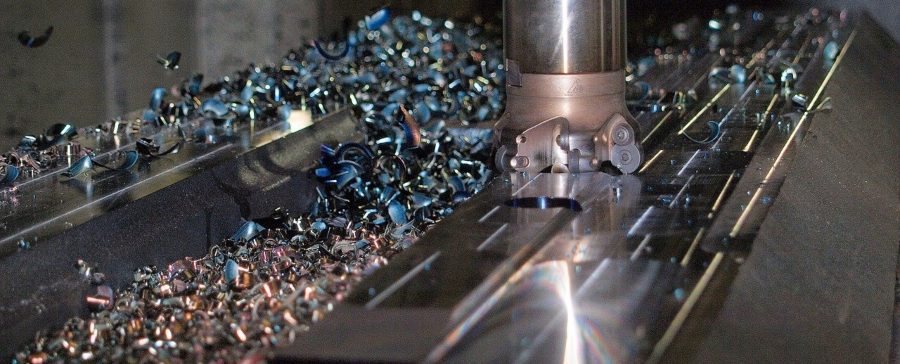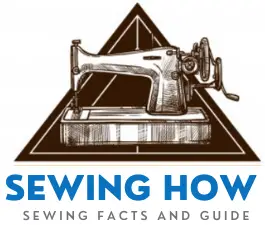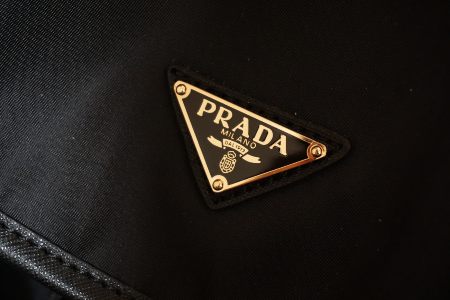If you work with metal, you must find yourself struggling with metal shavings on your clothes on a regular basis. Just as is the case with fiberglass, metal shavings are a health hazard as they can be extremely sharp and can even cause severe injuries if one is not careful. If you have been struggling with metal shavings on your clothes and have been looking for ways to remove the shavings out of your clothes, this article is specifically written for you.
Normally, you can lightly dry brush your clothes to get rid of most metal shavings. After that, you can wash your clothing in a washer with a warm wash setting and then dry the clothes in the dryer. In addition, there are other different methods you can use to safely remove metal shavings from your clothes without damaging the clothes.
In this article, we’ll look at some simple methods to get metal filings out of your clothes. In addition, you’ll also find out various tips and tricks for getting metal shavings out of your fabrics.

How Does Metal Shavings Look Like On Clothes?
Whenever you work with unfinished metal such as metal sheets, stainless steel, or even metal pipes, you are always exposed to the risk of getting tiny metal shavings, swarf, or chips trapped on your clothes. The metal shavings are mainly greyish–blackish.
However, since the shavings are at times tiny in size, they might be hard to identify, and you might mistake them for everyday dirt. In addition, metal shavings can also be in the form of dust, and as such, they can also be deposited on close surfaces.
If you work with unfinished metal where are a lot of metal cutting, grinding, and sanding is taking place, or you happen to be near someone undertaking those activities, metal shavings could land on your clothes.
One of the best ways to find out if there are metal shavings on your clothes is to lightly run your hands over the clothes’ surface and find out whether there are sensitive or piercing objects on the cloth surface.
In extreme cases, metal shavings on your clothes might make you feel uncomfortable as the shavings pierce your clothes and contact the skin.
Metal shavings can make you itchy since they are tiny and, at times, similar to dust. Thus, when the shavings pierce through clothes and contact the skin, you might feel itchy. Fortunately, you can remove metal shavings from clothes by using simple methods.
Metal shavings that are super fine can be a health concern when inhaled. Indeed, in a study by Hamzah et al., it was found that when inhaled, the shavings can be deposited in the lungs resulting in chronic respiratory diseases. Moreover, when metal filings contact the eyes, nose, throat, and skin, they can result in irritation and infections.
Does Metal Shavings Wash Out Clothes?
Yes, metal shavings do wash out of clothes. However, to ensure you successfully remove the swarf, wash the shaving immediately after you notice them on your clothes.
When cleaning the clothes with metal shavings, it is essential that you only wash the clothes with the shavings alone. If you clean the clothes with clothes that don’t have the shavings in the same washing machine at the same time, there is a chance that the shavings will be transferred to clothes with no shavings during the washing process.
However, instead of having a hard time removing metal shavings out of clothes, it is highly recommended that you take preventative measures whenever you are working with metal. There is a chance of metal shavings resting on your clothes.
Ensure your skin is not at risk of being pierced by sharp metal shavings; ensure that you wear loose clothing. When you do that, any pieces of swarf that get stuck on your garments will be on the loose clothing, implying that the shavings will not have a chance to contact and irritate your skin.
In most cases, metal shavings can come out of clothes, especially when the clothes are shaken. However, shaking clothes does not guarantee that all shavings will be removed from the clothes; hence the reason you should wash the clothes immediately you notice the shavings.
How To Get Metal Shavings Out Of Clothes – 6 Methods
If your clothes have metal shavings stuck on them and the shavings are irritating your skin, you should wash your clothes with warm water immediately.
If you are working with metal products and there is no way to avoid metal shavings being stuck on your clothing, you should wear workwear specifically made for people working in workplaces with metal shavings.
Alternatively, you can wear a disposable coverall so that once you finish the work, you dispose of the coverall with metal shavings.
Different simple methods can be used to remove metal shavings from clothes. However, before you use any of the methods, it is essential that you first give your clothes a good shake outside.
1. Washing Machine
When you want to remove metal shavings out of your clothes using a washing machine, here is the procedure that you should use:
1. Ensure that you only wash the clothes with the metal shavings on the washer. Do not add any other clothes in the washer since the metal shavings could be transferred to the clothes that initially had no shavings.
2. Shake the clothes with metal shavings outside, so that loose shavings come off your clothes.
3. Put the right amount of detergent in the detergent compartment.
4. Load the clothing with metal shaving in the washer.
5. Wash the clothing in a normal wash cycle. Use the double wash feature on your washer to ensure that the swarf is wholly removed from the clothing.
6. Dry the clothes in the dryer. If you prefer air drying, you can air-dry your clothes on a clothesline.
7. Run a self-cleaning cycle on your washing machine to ensure that no metal shavings residue remains on the washer.
2. Removing Metal Shavings By Soaking In A Washbasin
Whenever you are working with metal shavings, it is essential to take precautionary measures so that your clothing will not have the shavings. However, even after taking preventive measures, you might find that your clothes still have metal shavings on them.
Here is the procedure you should use to get metal shavings out of your clothes by soaking.
1. Shake your clothes outside to remove any loose metal shavings on your clothes.
2. If you can’t remove the shavings immediately you notice them, make sure that you keep the clothing with metal shavings in a separate location.
3. Fill washbasin with warm water and soak the clothes with the metal shavings in the warm water. Ensure that the clothes are fully immersed in the water.
4. To protect yourself, wear latex gloves and gently rub the clothes in the washbasin.
5. Take your clothes from the wash basing and rinse them with running water.
3. Magnet
All magnets have both north pole and south poles. North poles attract the south pole while the south pole attracts the north pole. In short, opposite poles attract each other while similar poles repel. Thus, by using a magnet, you can be able to get metal shavings from the clothes.
Place a strong magnet inside a plastic bag. The reason for placing the magnet inside the plastic bag is to ensure that when the magnet picks up metal shavings from the clothes, you don’t have to be bothered by removing the shavings from the magnet.
Gradually pass the magnet in the bag at a close range to the sections of the garment with the shavings. The magnet will pick up the shavings from the garment. Turn the plastic bag inside out and remove the magnet. Dispose of the plastic bag with the metal shavings.
However, it is essential to note that the magnet method will mainly work with bigger metal shavings. Indeed, if the metal shavings in your clothes are in dust form or you don’t have a magnet, you should try any of the other methods described below or above.
4. Heavy Duty Lint Roller
A lint roller is used to pick dust, hair, and other light dirt. Thus, since metal shavings are most of the times light, it is possible for the lint roller to pick up the metal shavings from clothes, especially when the shavings are in the form of dust.
To ensure that you successfully remove metal shavings from clothes using a lint roller, we recommend using a heavy-duty lint roller.
Roll a heavy-duty lint roller on the clothing surface several times, and you will notice that metal shavings have been picked up from your clothing. Repeat the process until the shavings have been completely removed.
5. Upholstery Vacuum Cleaner
Upholstery vacuum cleaners have been specifically developed to pick up dirt from upholstery and other fabrics. Specifically, the upholstery vacuum cleaner has a powered brush that is purposed at agitating the dirt and then lifting it from the surface.
Place your clothing on a flat surface to use an upholstery vacuum cleaner to get metal shavings out of clothes. Turn on the vacuum cleaner and gently vacuum the surface of the clothing from one end to another. You should repeat the process until the shavings have been entirely removed from your garment by the vacuum.
6. Using A Bristle Brush
You can use a bristle brush to brush metal shavings from your clothes lightly. Even if the method is straightforward, you need to be cautious since if you are not careful, you could end up pushing the metal shavings further into your clothing’s fibers.
If you don’t have a bristle brush, you can use a spare toothbrush. Moreover, when brushing off metal shavings from the clothing, you need to make sure that you dispose of the shavings you brush from your clothes since if you are not careful, the shavings could end up on the clothes that you are wearing.
Conclusion
I hope this article has made you understand how you can get stuck metal shavings out of your clothes. However, prevention is always better than cure. Thus, before working with metal and becoming exposed to metal shaving, ensure that you have taken preventative measures.
You can buy a disposable coverall to ensure that you protect yourself and your valuable clothing from metal shavings. Alternatively, you can wear cheap or old clothing that you can dispose of after completing your project.
In case you already have metal shavings on your clothes, you can use any of the six methods discussed to remove the shavings from your clothes.






